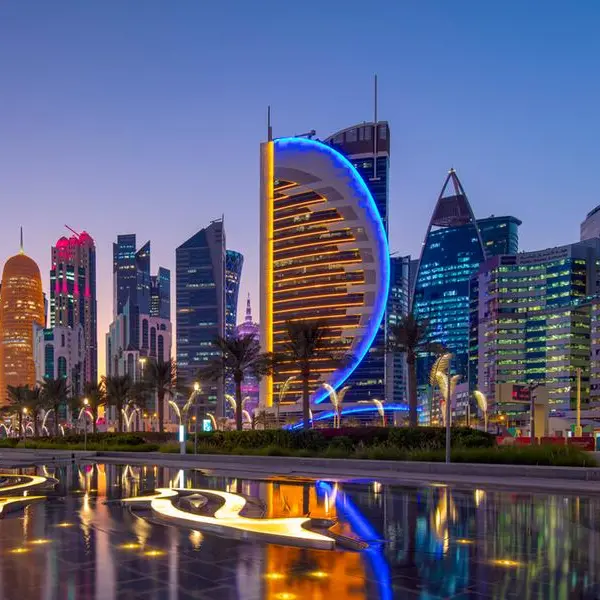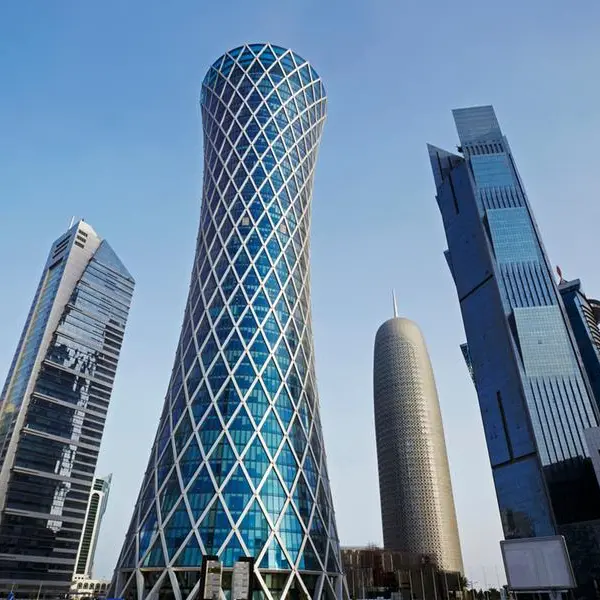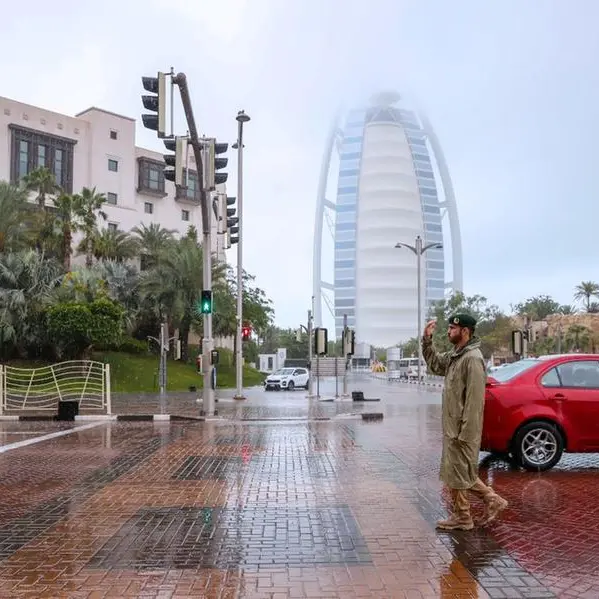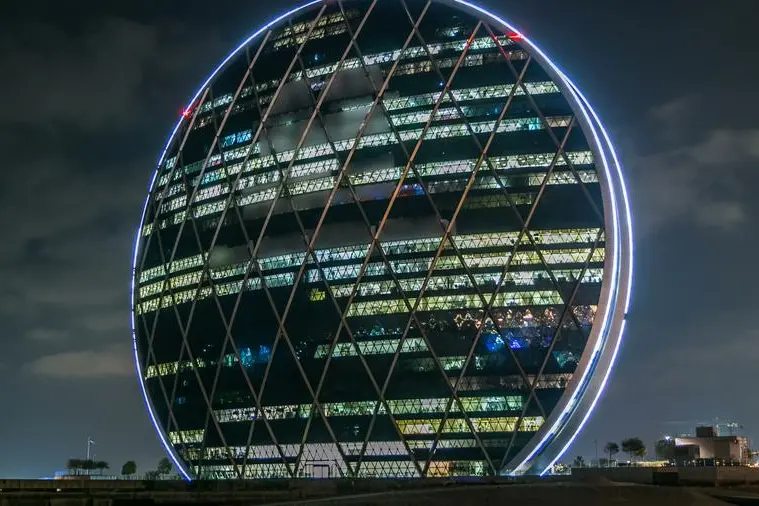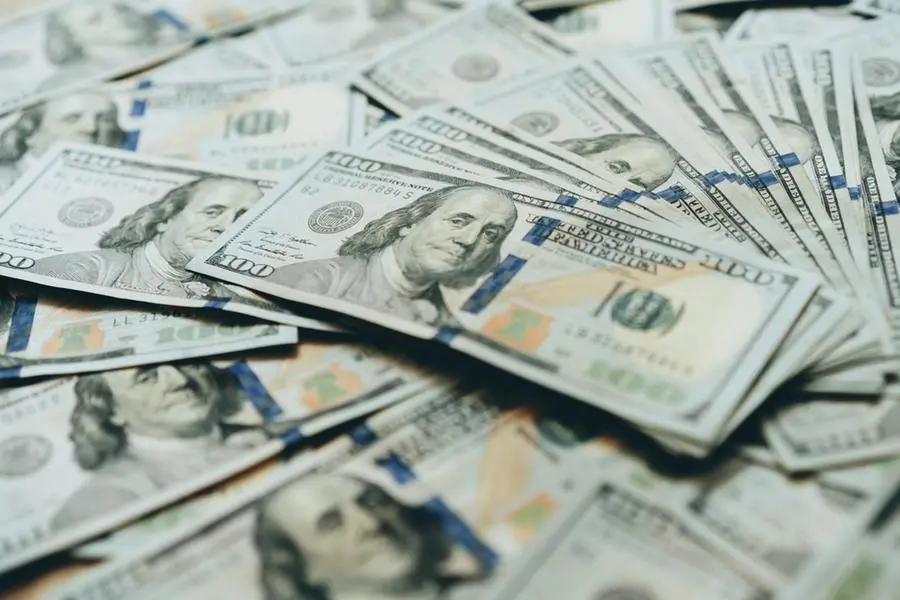BEIRUT: What is art? How can we discuss this topic in a fruitful way? Nicola Perullo asked his audience. If I ask you if we can consider food and cooking to be art, some people would disagree. Can cooking be art?Perullo teaches aesthetics at the University of Gastronomic Sciences at Pollenzo, Italy. Held at Sagesse University Friday, his talk about the links between art and food featured as part of the Week of Italian Cuisine in the World an international celebration of Italian food and culture, organized the Italian embassy.
This is a very old philosophical question that was started by Plato in the Gorgias Dialogue, about 2,000 years ago, and already asked if we could consider cuisine a form of art, Perullo said.
The answer was no. Most said art had something to do with a higher spiritual meaning and food was to do with the body and everyday life.
Perullo argued that contemporary gastronomy is more spectacular than before, prompting some to persist in asking whether innovative chefs are artists.
He defined art to be of two categories art as originality, creating something new, and art as technique, reproducing something perfectly.
If we take the Western approach that art must be only original and something that is new, then 99 percent of cuisine cannot be art because it is about reproducing some tradition or typical food, he explained.
However, in ancient Greece art was about technique, something made in a perfect way. In Asian cultures it is normal to consider a sushi master as an artist, because they can reproduce something perfectly.
Perullo led his audience on a quick tour of art history and the various ways food has been represented and approached over the centuries.
The relationship between food and art is much more articulated that just being about cooking. From the very beginning of the human history of art, food was an object of representation, he said.
There are many paintings about food such as Caravaggios Canestra di Frutta or The Beaneater by Carracci, which is interesting because it was depicting the vulgarity of eating and represented everyday life, he continued. At that time these kinds of paintings were considered inferior because they were about food not higher art about religious topics or about war, rituals and important moments in time.
Things began to change in European art and in the 19th century, Perullo said, when it was more accepted for food to be the subject of a painting. With depictions of nude figures surrounded by food, a relationship was forged between food and sensuality.
In the 20th century photography appeared and developed and so food photography became an art in itself, Perullo said. In the 70s food was shot in an isolated way, a very pure way without context.
In 1932, Italian Futurist poet Filippo Tommaso Marinetti published a manifesto outlining the use of food as part of performance art.
People would sit and taste and have an aesthetic experience, as a direct link between the poetics of art, Perullo said.
It is not new, as in the Medieval period it was common in high society banquets to call for musicians or actors and to put food in a multisensory context. It is the link between food and performance that is of note.
Perullo argued that the multisensory aspect of food is the very core of cuisine being considered an art form and that the proof is in the eating.
Usually we are overwhelmed by our visual perception. The art is in the taste as it is a multisensory perception, he explained.
When we eat, we taste not only with our mouth but with our eyes, nose and even our memories.
Food is the only art that involves all the senses, Perullo added. You can say it is the most complete form of art. Week of Italian Cuisine in the World closes with a buffet at La Gastronomique, Sagesse University, Nov. 30, 8:30 p.m.
Reported by Maghie Ghali
This is a very old philosophical question that was started by Plato in the Gorgias Dialogue, about 2,000 years ago, and already asked if we could consider cuisine a form of art, Perullo said.
The answer was no. Most said art had something to do with a higher spiritual meaning and food was to do with the body and everyday life.
Perullo argued that contemporary gastronomy is more spectacular than before, prompting some to persist in asking whether innovative chefs are artists.
He defined art to be of two categories art as originality, creating something new, and art as technique, reproducing something perfectly.
If we take the Western approach that art must be only original and something that is new, then 99 percent of cuisine cannot be art because it is about reproducing some tradition or typical food, he explained.
However, in ancient Greece art was about technique, something made in a perfect way. In Asian cultures it is normal to consider a sushi master as an artist, because they can reproduce something perfectly.
Perullo led his audience on a quick tour of art history and the various ways food has been represented and approached over the centuries.
The relationship between food and art is much more articulated that just being about cooking. From the very beginning of the human history of art, food was an object of representation, he said.
There are many paintings about food such as Caravaggios Canestra di Frutta or The Beaneater by Carracci, which is interesting because it was depicting the vulgarity of eating and represented everyday life, he continued. At that time these kinds of paintings were considered inferior because they were about food not higher art about religious topics or about war, rituals and important moments in time.
Things began to change in European art and in the 19th century, Perullo said, when it was more accepted for food to be the subject of a painting. With depictions of nude figures surrounded by food, a relationship was forged between food and sensuality.
In the 20th century photography appeared and developed and so food photography became an art in itself, Perullo said. In the 70s food was shot in an isolated way, a very pure way without context.
In 1932, Italian Futurist poet Filippo Tommaso Marinetti published a manifesto outlining the use of food as part of performance art.
People would sit and taste and have an aesthetic experience, as a direct link between the poetics of art, Perullo said.
It is not new, as in the Medieval period it was common in high society banquets to call for musicians or actors and to put food in a multisensory context. It is the link between food and performance that is of note.
Perullo argued that the multisensory aspect of food is the very core of cuisine being considered an art form and that the proof is in the eating.
Usually we are overwhelmed by our visual perception. The art is in the taste as it is a multisensory perception, he explained.
When we eat, we taste not only with our mouth but with our eyes, nose and even our memories.
Food is the only art that involves all the senses, Perullo added. You can say it is the most complete form of art. Week of Italian Cuisine in the World closes with a buffet at La Gastronomique, Sagesse University, Nov. 30, 8:30 p.m.
Reported by Maghie Ghali
Copyright 2017, The Daily Star. All rights reserved. Provided by SyndiGate Media Inc. (Syndigate.info).



